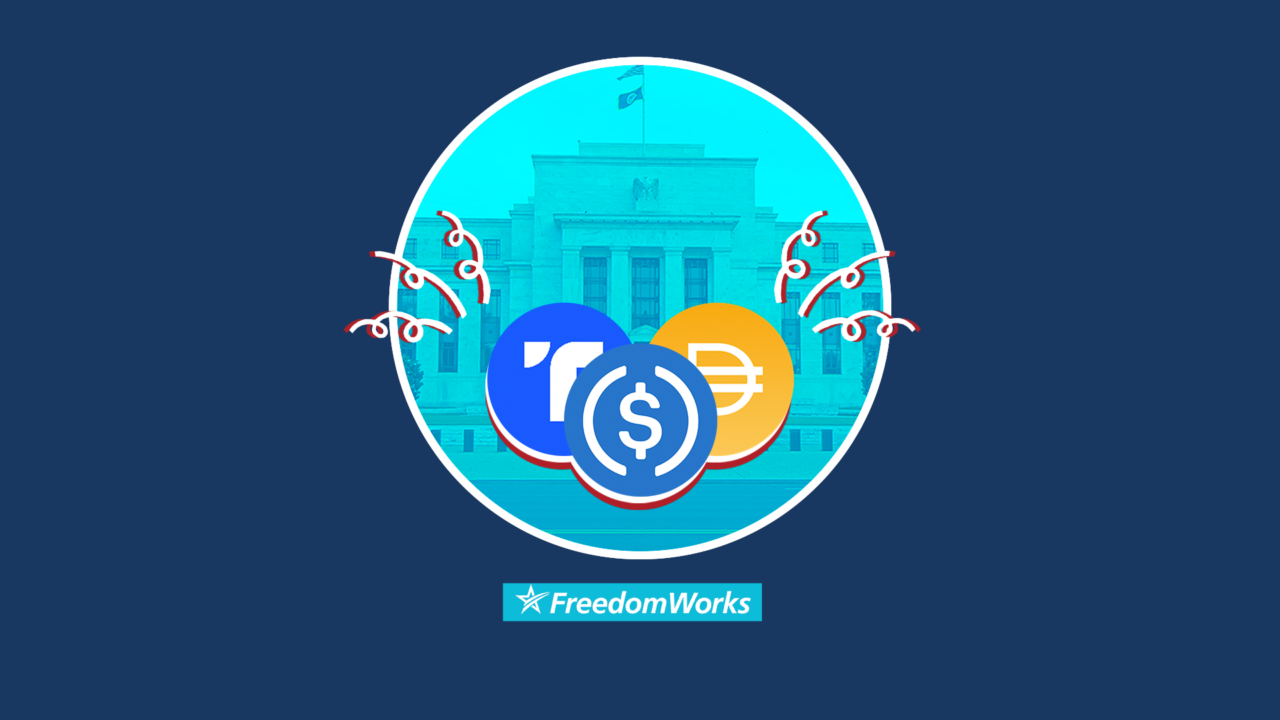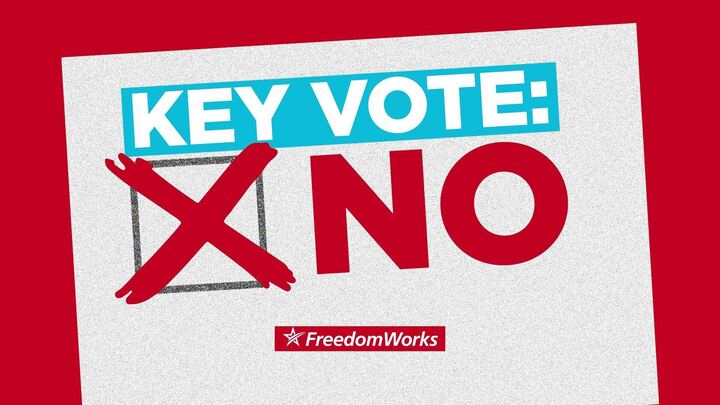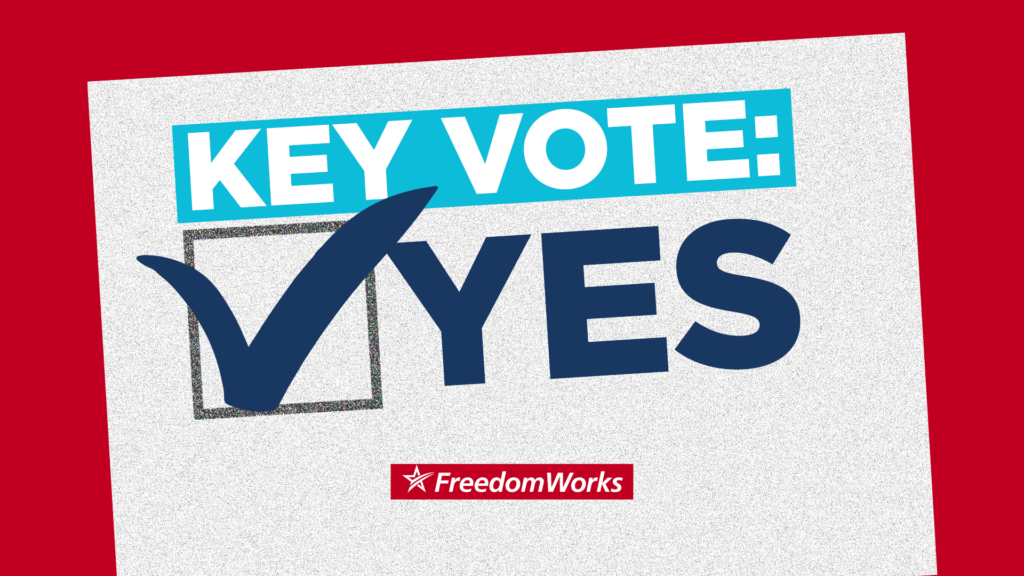CBDC and the fragility of a cashless society

As seen in The Hill:
The rise of digital assets is a revolution in the digital and financial world; for the first time, consumers can make direct money payments across the globe at the speed of the internet. The widespread use of digital assets would allow consumers to transfer money near-instantaneously rather than rely on a series of intermediaries to conduct a single transaction.
The extraordinary promise and rise in popularity of digital assets are prompting lawmakers, regulators, and economists to examine tools such as a Central Bank Digital Currency (CBDC). A CBDC is a profoundly dangerous tool that threatens consumer privacy and security as well as the continued innovation of the digital asset market.
A CBDC is a digital form of central bank money. In practice, a CBDC would be widely available to the public and used as a digital dollar. There are currently over 90 countries worldwide that are examining, developing, or implementing a form of CBDC.
The most notable and troubling CBDC in development is the Chinese digital yuan. The pinnacle of digital authoritarianism, this digital currency would be linked to a social credit score that gives the Chinese government instant knowledge and control over its citizens’ finances. The digital yuan will increase the ability of the Chinese government to silence dissidents and control speech.
Although this nightmarish scenario may have seemed like a distant dystopian future not too long ago, the fragile reality of an increasingly cashless society is on full display in 2022. In an attempt to squash the voices of those who disagree with his preferred policies, Canadian Prime Minister Justin Trudeau froze the bank accounts of protesters. The widespread use of a CBDC would increase the ability of petty tyrants to control the finances of their citizens and silence voices of dissent.
Unlike Prime Minister Tudeau, most Americans do not admire the so-called benefits of “basic-dictatorship” in China and should be extremely wary of tools like CBDC.
The central bank of the United States, the Federal Reserve, released a paper earlier this year examining the potential for a CBDC. Additionally, President Joe Biden recently put out an executive order directing the Treasury Department to explore the prospect of a United States CBDC.
While we examine the future of digital currency in the United States, we cannot forget or diminish the value of cash.
Traditional cash payments provide consumers with a wide range of benefits from privacy to personal autonomy. The benefits of privacy and anonymity supply an invaluable service to consumers that a CBDC cannot replicate or replace.
None of this is to say that the United States should ignore or shun the digital asset market. Instead, we should be embracing the private sector alternatives that are already thriving and providing unbanked and underbanked Americans with opportunities for financial inclusion.
There are numerous products such as stablecoins, digital assets whose value is pegged to a fiat currency, that can satisfy the needs of consumers and bring our economy into the 21st century. Stablecoins can lower payment costs, increase payment speeds, and promote access to inclusive payment systems.
Our financial and digital world is rapidly changing, in many cases for the better. Innovations like stablecoins allow affordable access to financial markets for millions of Americans otherwise left behind by the traditional banking system. We also cannot leave behind the enormous value provided by conventional cash payments. A poorly designed CBDC threatens to undermine consumers and crowd out private-sector innovations like stablecoins. As the 21st-century economy takes shape, we must be vigilant that the United States doesn’t follow a path of digital authoritarianism.
What is a CBDC, and what effect would it have on your finances?



